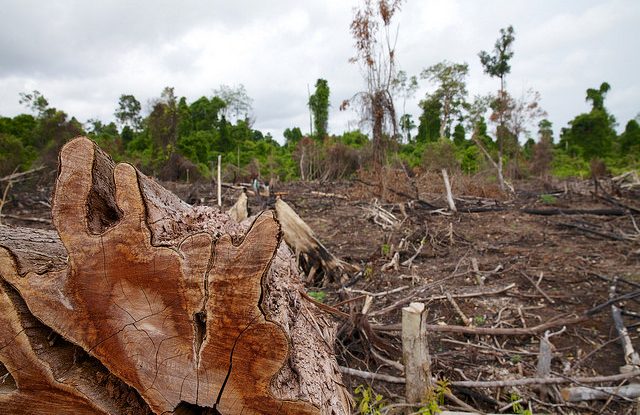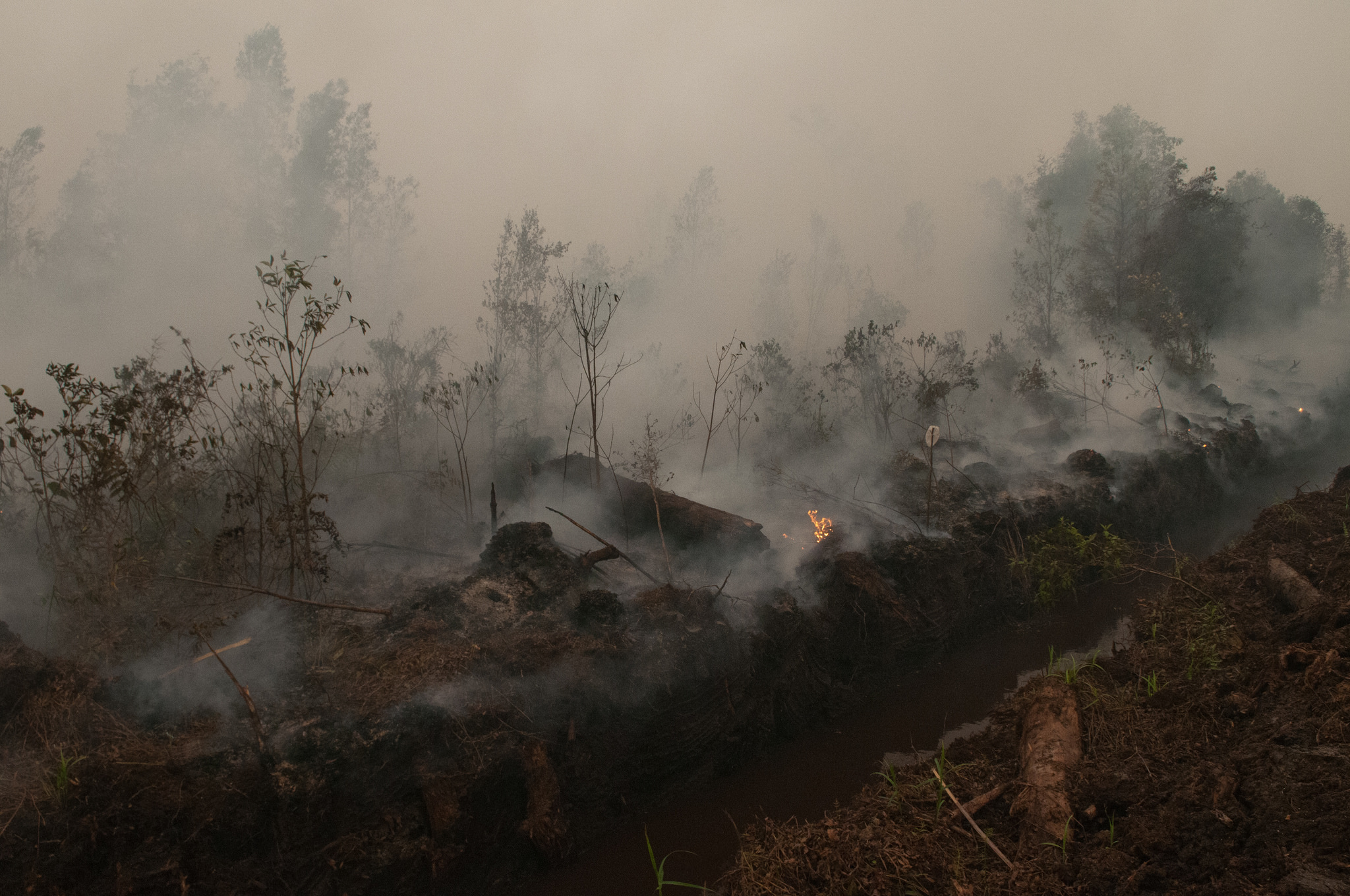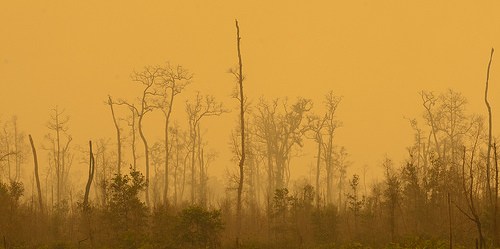
The Indonesian government seeks to collect USD 13 billion from its tax amnesty program this year, says the country’s Finance Minister Sri Mulyani Indrawati.
Although less than USD six billion has been collected for tax amnesty so far during the first period (July- September 2016) until September 27th, the minister is optimistic that this target can be achieved.
With a potential USD 50 billion total to be obtained from the amnesty, President Joko Widodo hopes to use this extra cash to boost infrastructure development to drive progress in the country.
There are many ways he can achieve this.
At the 2nd Asia-Pacific Rainforest Summit (APRS) in Brunei Darussalam this past August, panelists for a session on the green economy suggested that the government use part of this tax amnesty money towards peat restoration.
In 2015, Indonesia experienced the widespread burning of approximately 2.6 million hectares of land and forest. More than 19 people died. Half a million people developed respiratory infections. 43 million people were exposed to toxic haze. Economic losses from the catastrophe clocked in at USD 16.1 billion, according to the World Bank.
Last January, the government of Indonesia established the Peatland Restoration Agency (BRG), mandated to restore 2.2 million hectares of peat in state, community and concession lands in the next five years. Restoration efforts include the rewetting of peat, re-vegetation and livelihood development.
MONEY MATTERS
This will require a lot of investment.
The cost of peat rewetting and re-vegetation per hectare together can reach USD 2,000 while livelihood development costs can fetch USD 500. Annual costs would be approximately USD 1.1 billion. Therefore, the restoration of Indonesia’s burnt land and forest would require nearly USD 5.5 billion over five years.
The huge investment required for peat restoration cannot be born solely by the government. Partnerships are needed, because if the BRG is responsible for providing one-third of the amount required for peat restoration, the rest must be provided by the private sector. Under the current government’s tight budget, it seems that BRG will not receive a sufficient amount of funding.
If the government target of USD 13 billion from the tax amnesty is received, then only three percent of that would suffice to add to the lack in the BRG budget, at least for the next year.
Many Indonesian citizens do not report their income and property to avoid paying taxes, and some even deposit their money in neighboring countries like Singapore. Under the new tax amnesty law, the government provides a limited-time opportunity for taxpayers to pay a defined amount in exchange for forgiveness of a tax liability related to a previous tax period or periods unaccounted for without fear of criminal prosecution.
Using part of this money to restore the country’s already damaged peatlands would be a wise way to both support the country in its conservation efforts and to assuage critics of the program who argue that the money could come from tax crime, corruption and illegal logging and fishing.
Even if a portion of tax amnesty funds stem from one of the aforementioned illegal activities, the outcome would still be positive if it was invested in peat restoration or forest certification.
Tax amnesty payers would then be participating in a green economy that benefits all, while the government would boost its green economy.
STRENGTHENING PARTNERSHIPS
At the APRS, discussants urged Asia-Pacific countries – where rapid deforestation has been taking place – to take collective and measurable efforts to boost public-people-private partnerships to lower carbon emissions to meet objects set out in the Paris Agreement, conserve forests and reduce poverty.
Those concerned about peat conservation and development recently gathered in Malaysia for the 15th International Peat Congress. With a focus on peat deforestation in the tropics, one of the Congress’s goals was to promote the conservation and sustainable development of peatlands and to reinforce public-people-private partnerships.
Indonesia can learn how to conserve and sustainably develop its peat from others around the world, including those with boreal and temperate peat. The government of Malaysia even envisions developing peat commodities, including palm oil, in harmony with the environment and ecosystems.
The theme of the Congress, “Peatland in harmony”, highlights the closely intertwined relationship of the environment, industry and socio-economic factors in relation to peat.
From Brunei Darussalam to Malaysia, people in the Asia-Pacific region are discussing the sustainability of forests, landscapes and peat. Harmony between conservation and development is urgent and necessary.
The huge contribution of forestry and palm oil industries to economies and livelihoods in the region is clear. But it often comes at the expense of the other values offered by forests. Shifting to a green economy addresses many of the challenges associated with balancing the value of natural capital with the needs of a developing economy.
The people of Indonesia would likely welcome more tax amnesty if it wasn’t a mere question of economics, but rather one about poverty alleviation, small and medium enterprises, environmental conservation and carbon emissions reduction – as outlined in the green economy.
That way President Jokowi would not only win an economic recovery, but also people’s hearts.
We want you to share Forests News content, which is licensed under Creative Commons Attribution-NonCommercial-ShareAlike 4.0 International (CC BY-NC-SA 4.0). This means you are free to redistribute our material for non-commercial purposes. All we ask is that you give Forests News appropriate credit and link to the original Forests News content, indicate if changes were made, and distribute your contributions under the same Creative Commons license. You must notify Forests News if you repost, reprint or reuse our materials by contacting forestsnews@cifor-icraf.org.

